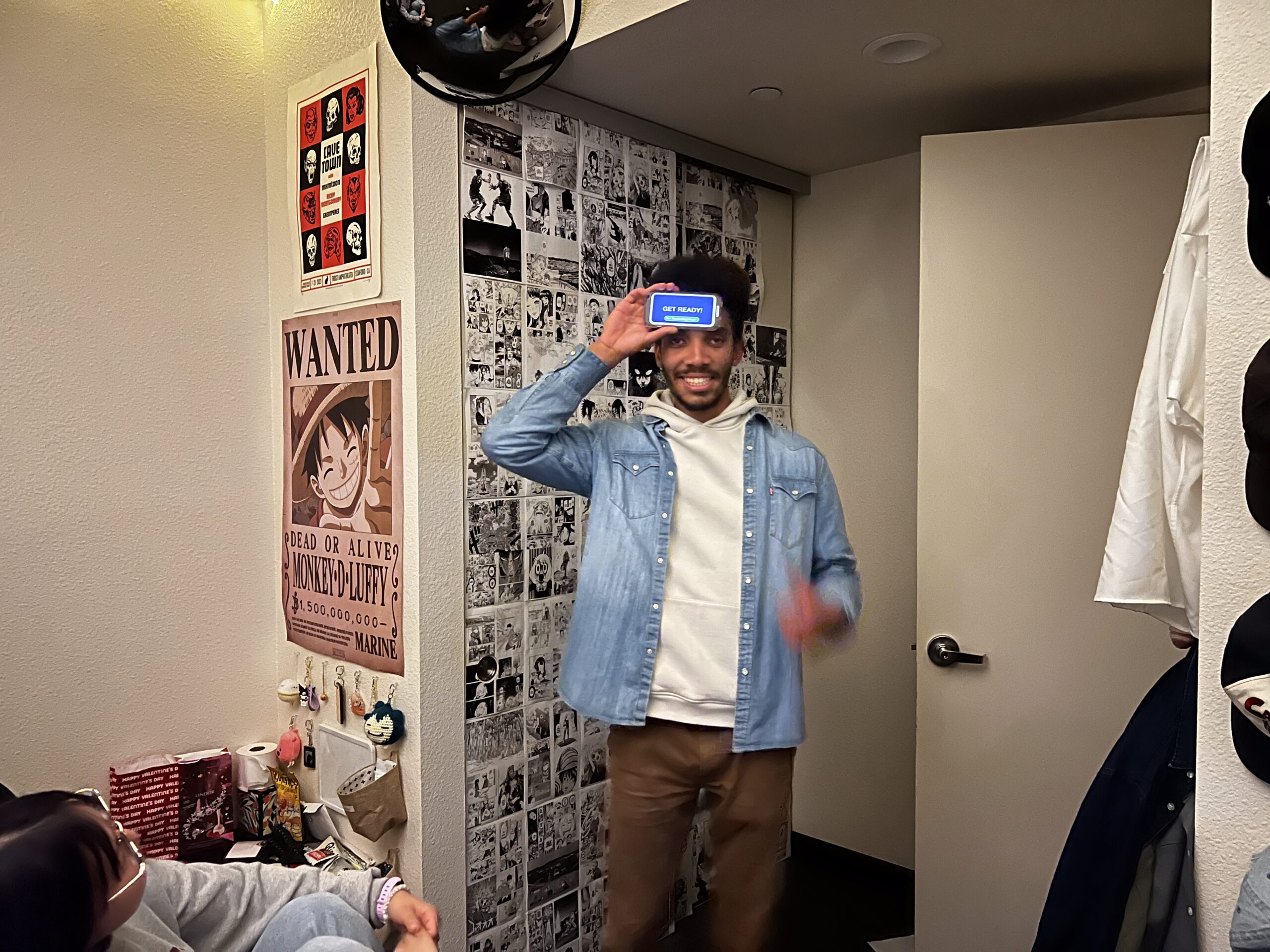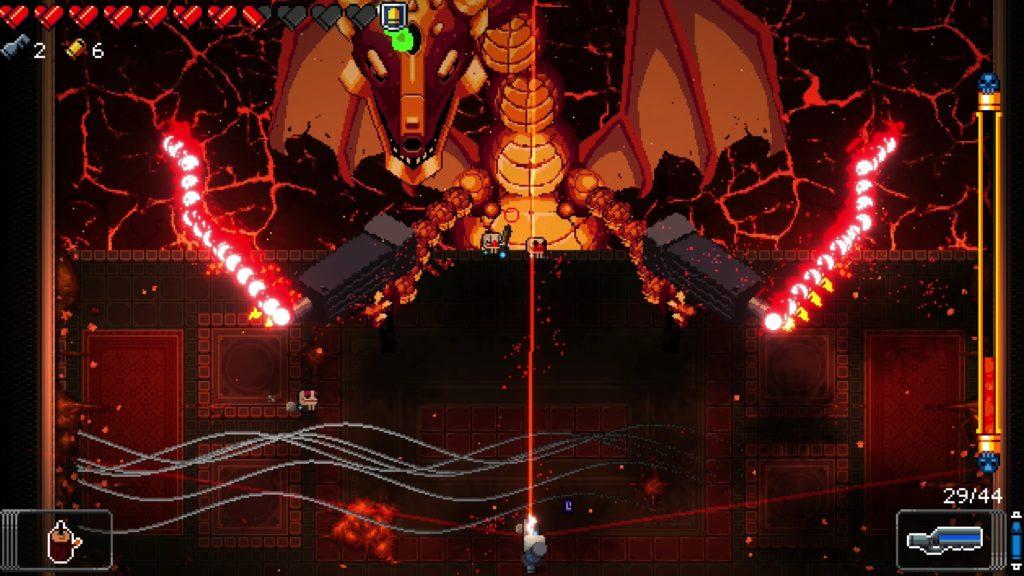For this week’s critical play, I decided to play the game Heads Up!, developed by Ellen Digital Ventures and Gasket Games. We played the game using an iOS device, and it seems that the target audience is anyone aged 10+. This contrasts with many social games, which instead focus their audience on familiarity with one another rather than a specific age range. I chose this game more specifically for its charades-style “Act It Out” category, which is very similar to our group’s game, which we’ve called Scene and Unscene. The significant parallels between the two are immediately apparent. They both require players to act out a scene based on a given prompt or idea and are much more cooperative than competitive. There is no home or away team – simply a group of players working towards a common goal. Heads Up! serves as a shining example of the type of engaging gameplay that Scene and Unscene should strive for, though some of its prompt choices leave something to be desired.
Heads Up!’s gameplay loop has a simple premise: the guesser has sixty seconds to guess as many words or phrases as possible, while every other player tries their best to provide hints and clues without saying the word directly. Using the “Act It Out” deck, we restricted speaking as well, in the spirit of charades. The game touches upon several types of fun, but most fully embodies fellowship and challenge. The rapid unification of players toward a common goal is emblematic of fellowship. The pressure from the one-minute timer and the internal motivation to beat one’s high score both heavily contribute to the challenge aspect. The first few rounds started slowly. Players had difficulty conveying actions in a way that made sense to the guesser, each doing their own thing. These rounds often ended with somewhere in the range of six to eight correctly guessed words, and the same number or more of skipped words.
However, it was not long before players entered a flow state, acting similarly and quickly moving on if they encountered a word that they could not easily pantomime. A key contributor to this aspect is the ease with which one accepts or rejects a word: simply tilt the phone up for ‘pass’ and tilt it down for ‘correct’. No fiddly controls, no touch screen interaction – just movement. Because of how active players are, there is a strong argument for the tactile benefits of the game as well.



The similarities between Heads Up! and Scene and Unscene primarily stem from the acting aspect. Through a process likely very similar to that of the developers at Ellen Digital Ventures, we decided that having more active players would be more fun than just one. Another possible similarity lies in the rules regarding speaking. Though there was “largely” no talking during our rounds of “Act It Out,” it is not explicitly stated that the players cannot talk. Indeed, some of the most memorable moments from our critical play came from my friends imitating the sounds of a vacuum cleaner or putting on a bandage. For our game, we also found that some things would simply be too difficult to convey without speech. As such, we have added the ability to talk in more recent versions, with some restrictions, of course.
However, there are a few key differences between the two games. My friend and classmate Amaru highlighted one significant difference: “The nouns are just harder to act out,” he mentioned. Indeed, it seemed that while descriptive actions prompted players to act in a clear, guided way, the nouns often led to different interpretations from each player. Scene and Unscene addresses this issue by assigning specific parts of the act to different players, rather than having everyone do everything at once. Another point of divergence comes from the timer. My friend Bryce noted that “there was never a dull moment.” The timer encouraged quick, snappy actions and fast turnover between guessers and rounds. Scene and Unscene has no such time limit and instead allows players to build out their performance to their hearts’ content. This difference likely stems from a different goal; while Heads Up! aims for a high score, Scene and Unscene provides a space for players to express themselves through acting.
Our game and the game I chose for this week’s competitive analysis have similar dynamic goals, but implement them in slightly different ways mechanically. This results in two games that, while both fun, play out very differently, and also allows our game to take inspiration from the road already traveled.



